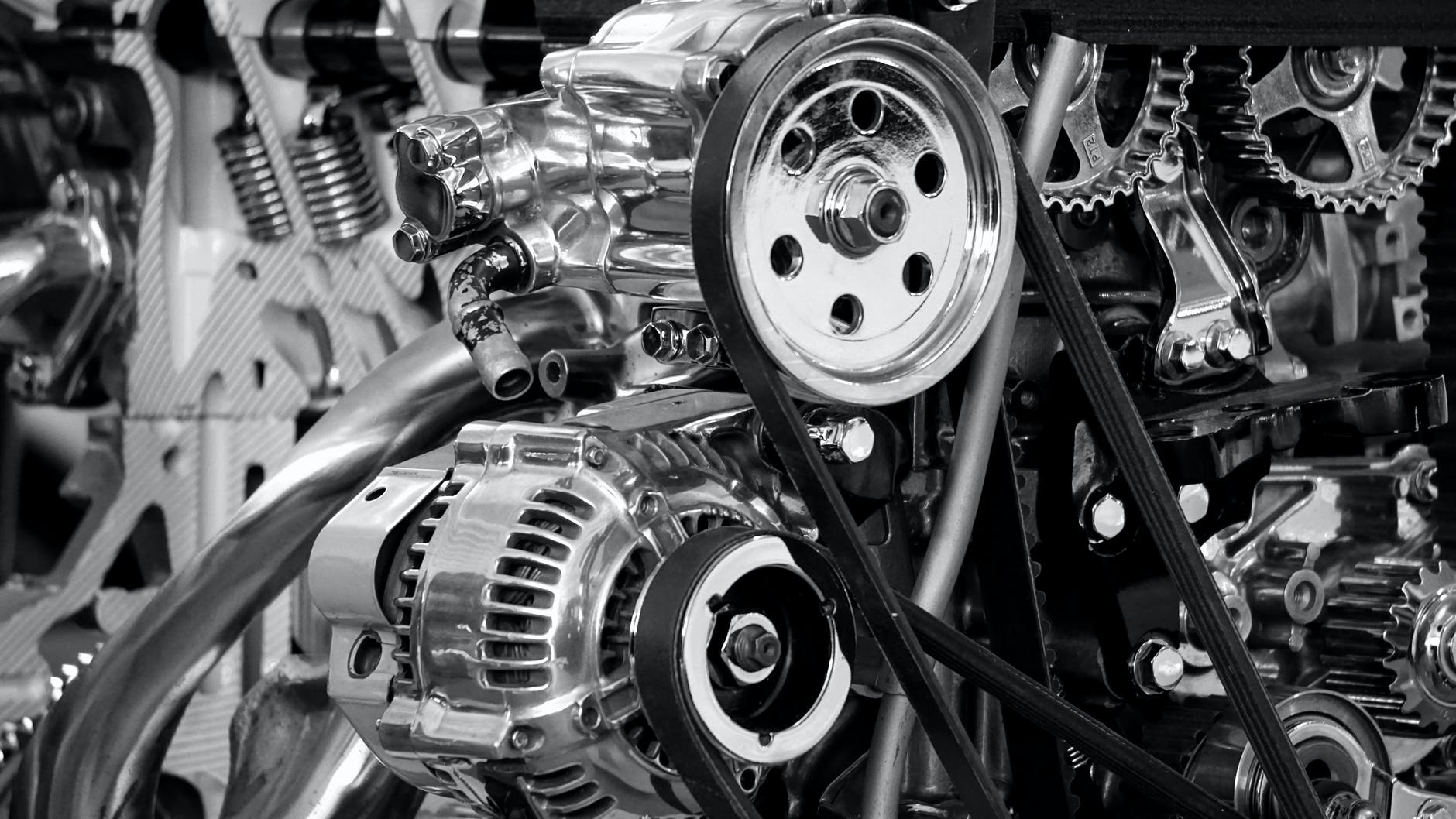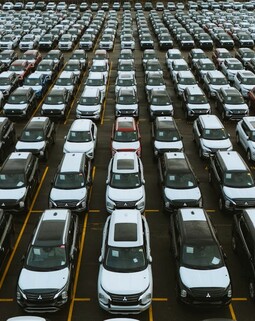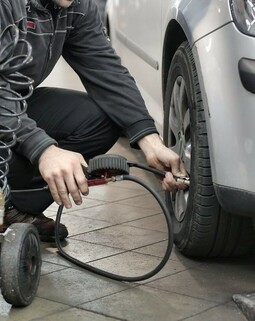This article is brought you by Vietwheels.com, Vietnam’s leading online marketplace to buy and sell cars.
The content contained in this article is for entertainment and informational purposes only and should not be used in lieu of seeking professional advice from a certified technician or mechanic. We encourage you to consult with a certified technician or mechanic if you have specific questions or concerns relating to any of the topics covered herein. Under no circumstances will we be liable for any loss or damage caused by your reliance on any content.
A key decision when purchasing a car is whether to get manual or automatic of transmission. Both manual and automatic transmissions have their own advantages and disadvantages which we discuss in this article. Before choosing your next car, check out Vietwheels’s comprehensive list of pros and cons of manual and automatic cars discussed further below.
1. What’s the difference between manual and auto?
The terms ‘manual’ and ‘automatic’ refer to a car’s transmission or gearbox, which is the system that transfers power from the engine to the wheels. A manual car requires the driver to manually shift through the gears according to the car’s speed and the amount of power required. In an automatic, the car automatically does the gear changing for you.
Without getting too technical, the main difference is that automatic cars to manual cars is that automatic cars don’t have clutch pedals and have more simplified gearboxes. In contrast, manual transmission cars have five or six gears, plus reverse, giving you full control over how the car performs.
A gearbox moves gears to different levels to send power to the wheels helping the car move forward or backwards. The manual gearbox requires manual intervention to shift gears and the clutch pedal to send power to the wheels; however, with an automatic gearbox, mechanical parts help shift the gear and require very less manual intervention. In general, automatic cars are easier to learn driving in which is why beginner drivers usually start with automatic cars and then learn how to shift gears on manual cars.
2. Manual Cars — Pros and Cons
Many drivers in Vietnam choose manual transmission, especially car enthusiasts, looking for more control over a car’s performance. Manual cars requires extensive driver input as the driver selects and shifts to desired gear.
The other main reason people choose manual is to do with cost. Manual cars are generally less expensive to purchase than automatic cars, although they don’t have the same resale value. Manuals has tend to also have better fuel consumption and performance because they have more gears to make the most of the engine’s power.
One disadvantage of a manual car is the skill required in learning to drive in one. Learning how to change gears, especially from a standstill, without stalling the car, can be daunting at first but you soon develop a rhythm to releasing the clutch, and accelerating, as well as bringing the car to a stop and changing gears down. Here is a list of more pros and cons to consider if getting a manual car.
Pros
· Greater control: A manual gearbox gives you more control over the car as you alone choose which gear to use.
· More speed: A manual gearbox is traditionally better at transferring power from your engine to your wheels, so you can accelerate at a faster pace.
· Cheaper to maintain: Manuals generally require less maintenance because they have a less complex design than automatics. Repairs tend to be significantly cheaper — unless the clutch goes.
· Better fuel efficiency: Overall, manual transmission engines are less complex, weigh less, and have more gears than automatics.
Cons
· More difficult to learn: Learning manual can often take more time because you’re required to do the gear changes yourself.
· Heavy traffic driving: Driving in heavy traffic conditions can be difficult due to constant stopping/starting and manual gear changes.
· Not good for hilly areas: An inexperienced driver may find navigating steep inclines of hills difficult in a manual transmission and there is also the risk of stalling the car which can happen.
3. Automatic Cars — Pros and Cons
Automatic cars is the convenient choice for most drivers and requires very less driver input. Automatics are generally easier to drive and are a good starting point for first time drivers who aren’t used to driving.
An automatic car typically has four modes: Park (P), Reverse (R), Neutral (N), and Drive (D). Since you don’t need to change gears, there’s no clutch — just the brake and the accelerator — it’s that simple. Although automatic cars can be more costly than a manual cars, you will be able to easily resell your automatic car for a better price when it comes to resale value.
There are some disadvantages of automatics including the relative higher cost to maintain, more expensive to purchase automatics and could be more boring to drive for more experienced drivers. Here are the pros and cons of automatic cars:
Pros
· Easier to drive: Many people like automatic cars for their convenience. They’re simple to operate as there’s no clutch to control.
· Smoother ride: Automatic gearboxes offer a seamless transition between gears, giving you a pleasant ride without any stuttering.
· Better in rush-hour traffic: Automatic transmissions require less effort, so you can concentrate fully on navigating tricky junctions and other traffic safely.
· Better resale value: In general automatic cars have better resale given the growing popularity of automatic over manual due to the convenience factors, especially with younger drivers.
Cons
· More expensive to buy: The main disadvantage of automatics is that they generally cost more to buy than manual cars, so they’re not ideal if you’re on a budget.
· Expensive to maintain: Automatic transmissions are more complex than manual. With a variety of working parts, they often take longer for mechanics to repair, ultimately becoming costing a driver more over time.
· Could be boring to drive: Some drivers find that automatics take the fun out of driving. They like the feel of changing gear and having more of a physical connection with their car.
When deciding between a manual or automatic car, choose what you value most and what you feel most comfortable with. Automatic cars are easier to use and more comfortable to drive, while manual cars tend to be less expensive, and you can more control on the road when it comes to changing gears. When you need to get from point A to point B, it’s completely up to you on how you make the journey, whether its manual or automatic.





